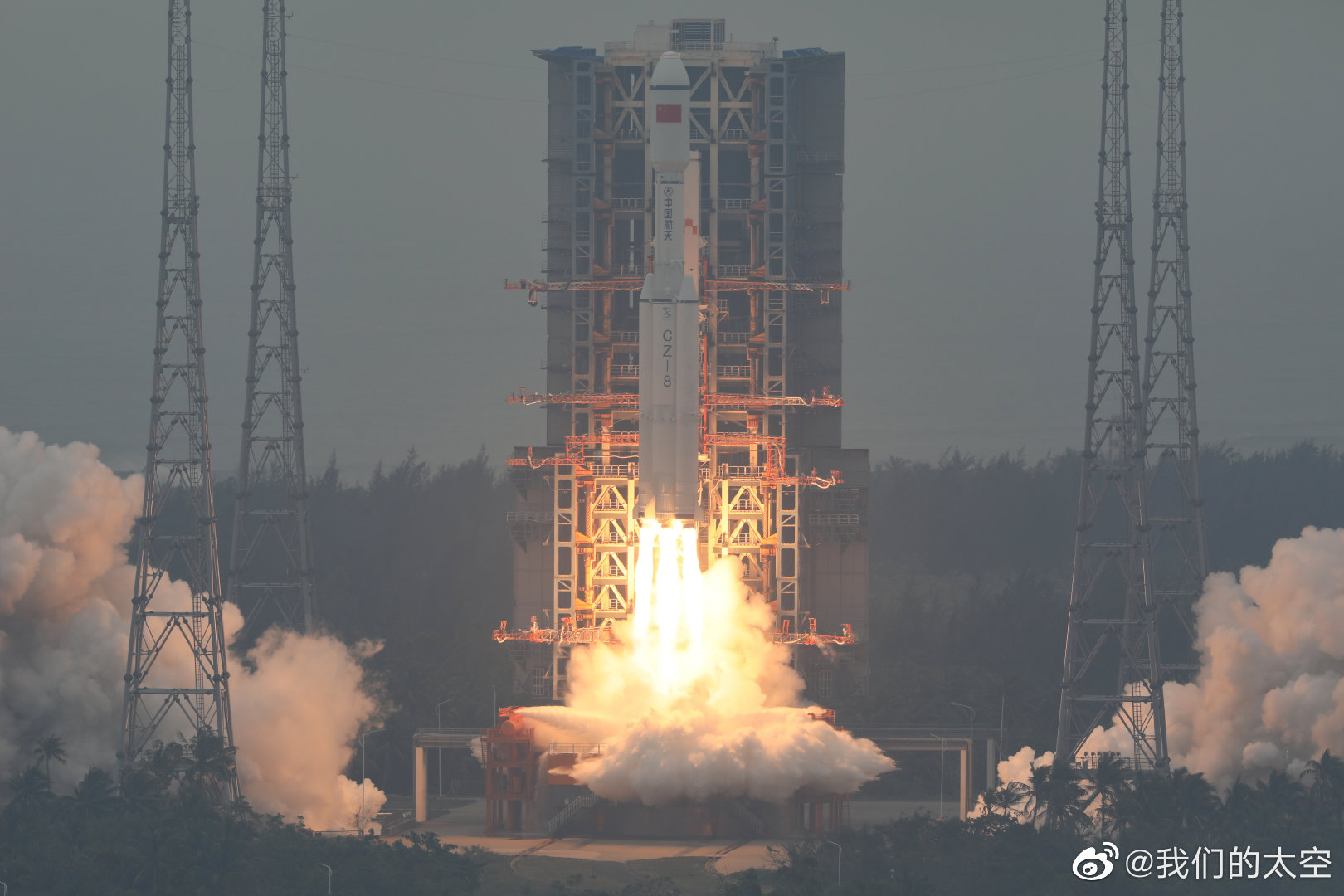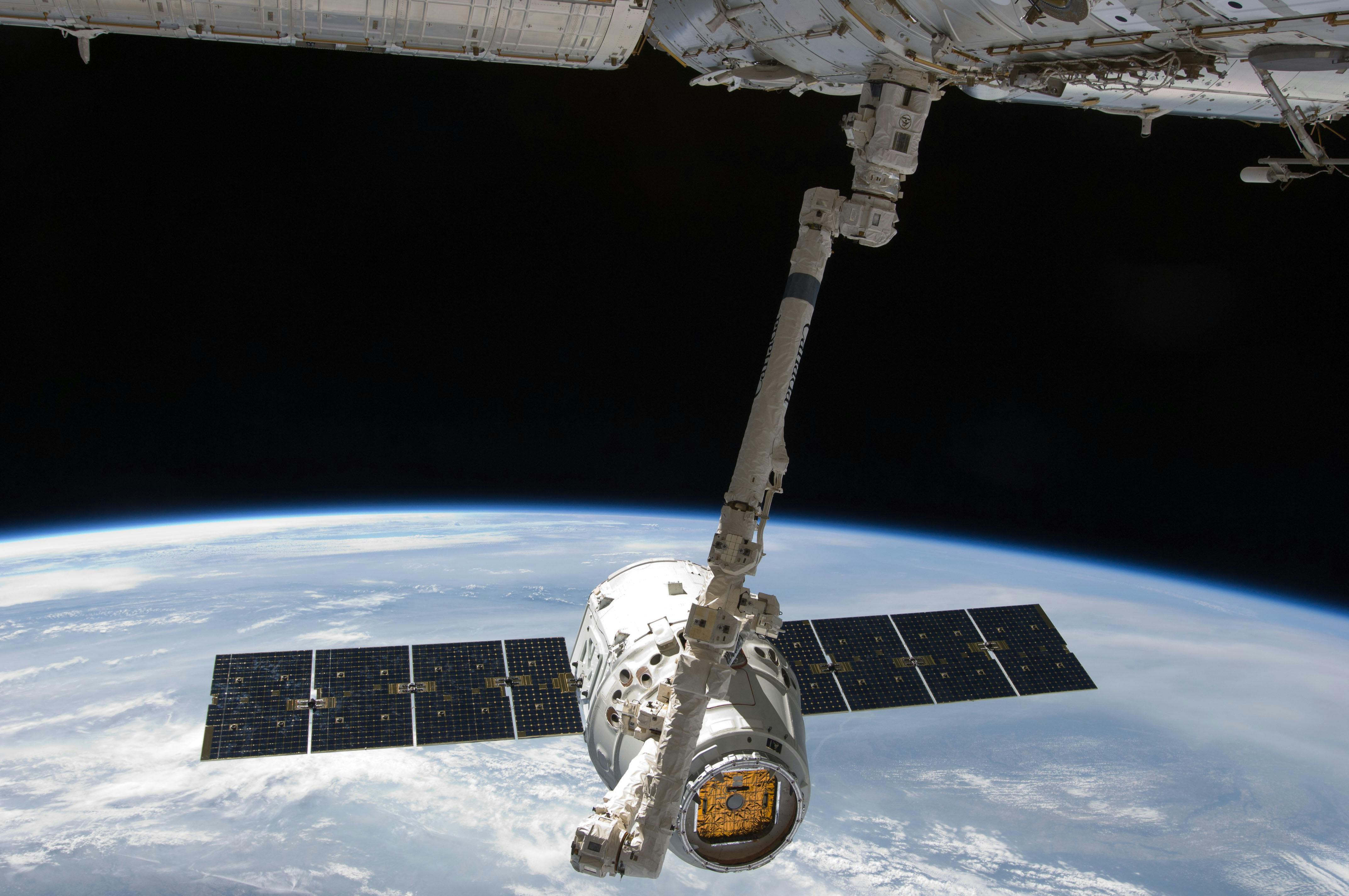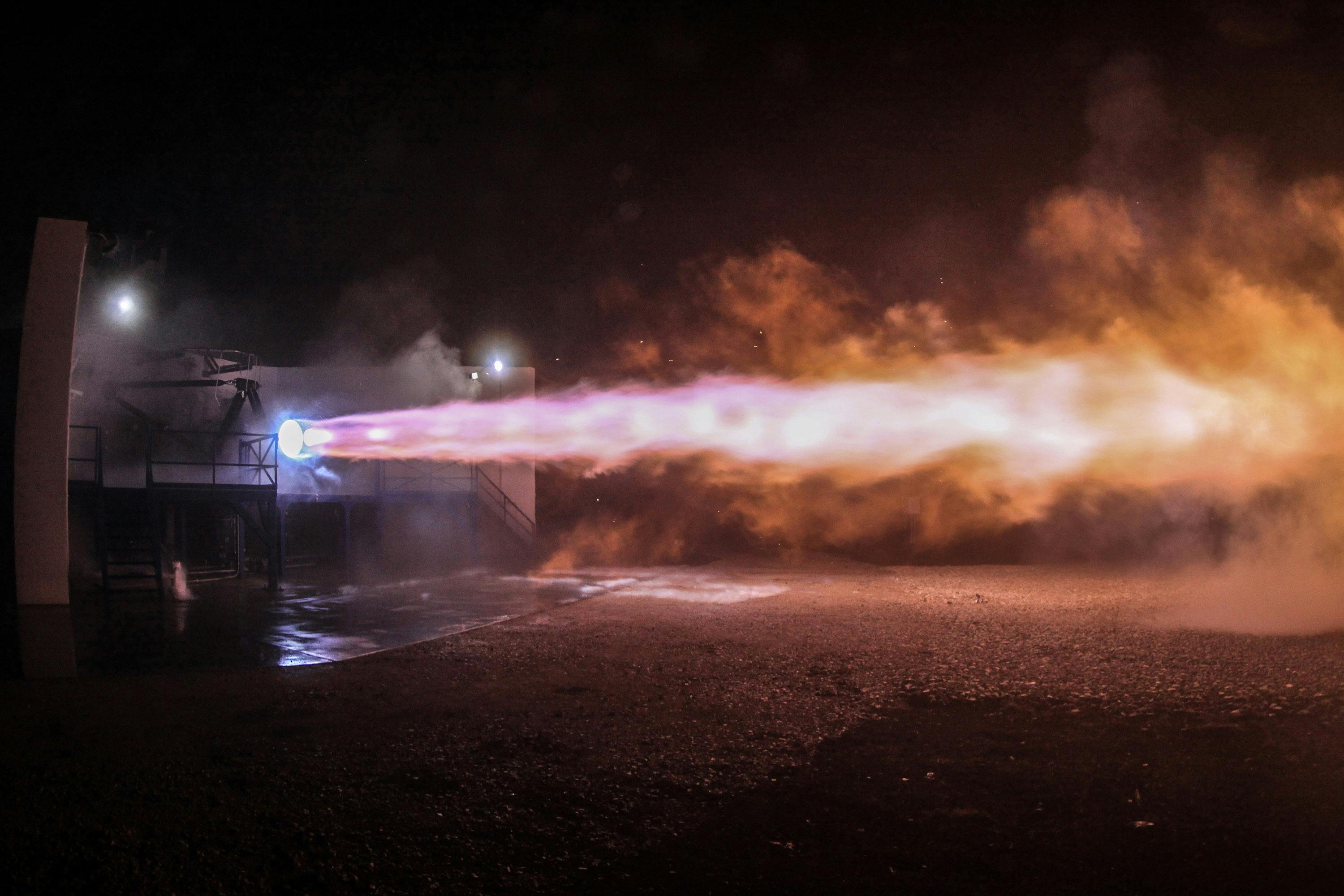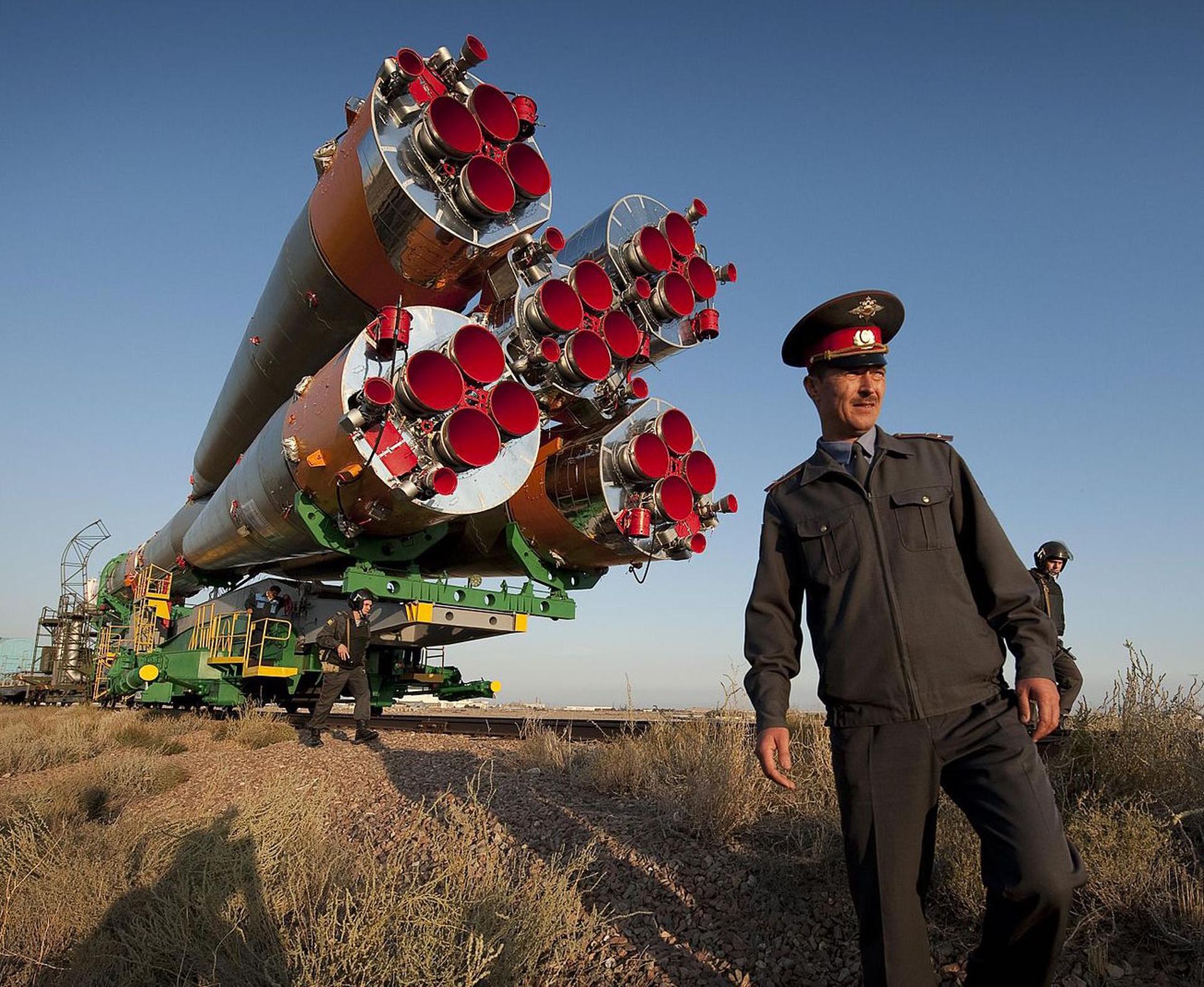· space brief · 5 min read
Space Brief 6 Dec 2024
Today's brief covers various military applications of climate-monitoring satellites, new defense strategies against unmanned threats, and the potential impacts of geopolitical tensions on orbit.
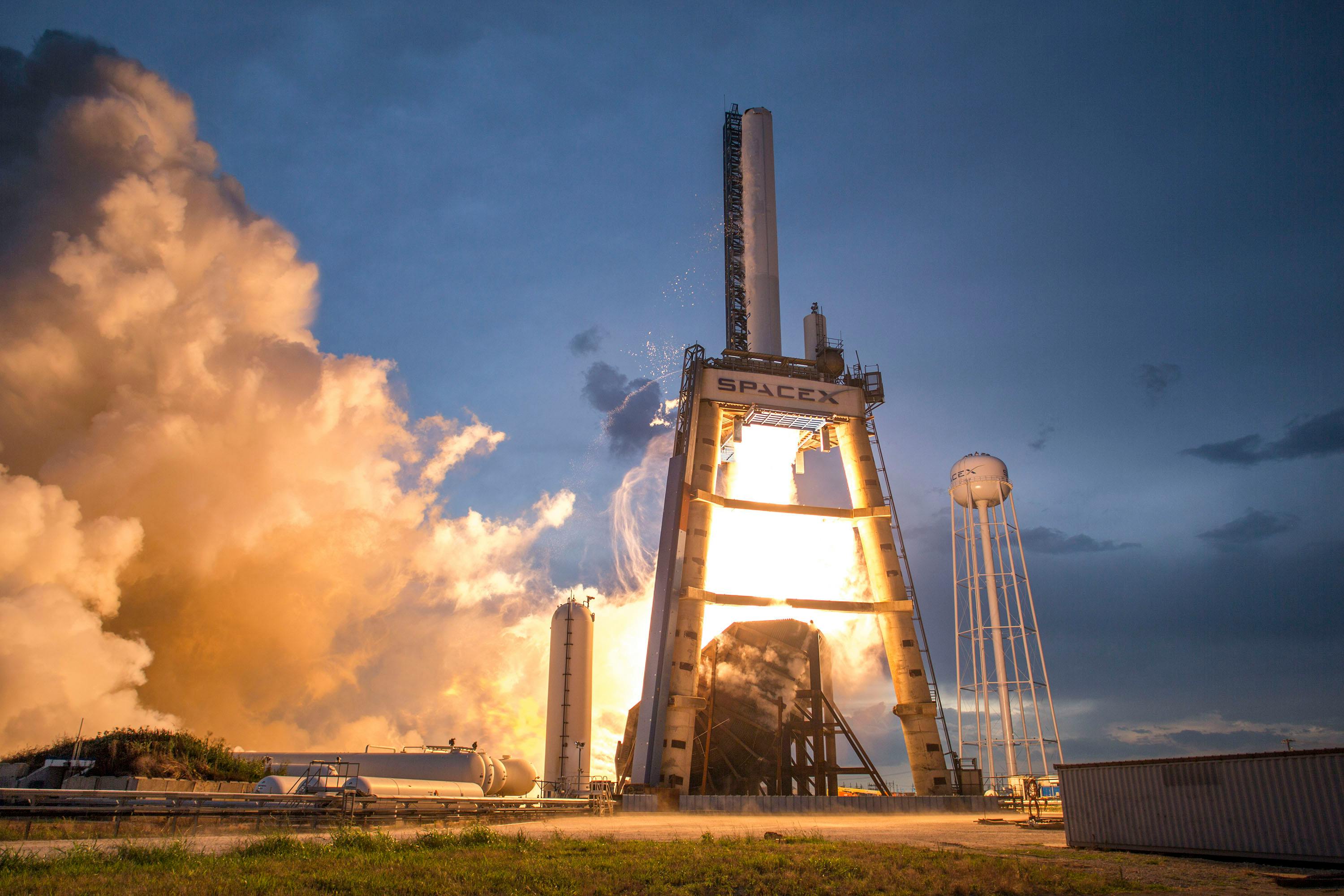
📄Top Stories
The U.S. military is exploring the use of climate-monitoring satellites from Muon Space to enhance its image capabilities, reflecting an intersection of civilian and defense applications. Meanwhile, the Pentagon is launching a new strategy to counter the rising threat of unmanned aerial systems, emphasizing the need for adaptability in defense tactics. Additionally, geopolitical developments hint at a transition into a new nuclear age, which could have broad implications for space-based defense systems.
📰Detailed Coverage
U.S. Military Investigates Climate Monitoring Satellites for Defense Use
Muon Space has secured a $2.9 million contract from the U.S. Space Force to evaluate the potential defense applications of its climate-monitoring satellites, specifically focusing on imaging clouds and theater weather. This contract highlights the growing trend of leveraging commercial satellite technology for military purposes, enhancing situational awareness and operational planning.
These satellites, primarily designed for tracking climate changes, could also support defense missions by providing critical data on atmospheric conditions in strategic regions. The adaptation of existing satellite technology for defense uses demonstrates innovative approaches to integrating space-based assets into national security frameworks. Track these satellites and more on our web app to see real-time data and possible defense applications. Read the full story: SpaceNews
Pentagon Unveils Strategy Against Unmanned Threats
As aerial and maritime drone technologies evolve rapidly, the Pentagon has unveiled a formal strategy to address the rise in unmanned threats. This new “campaign mindset” aims to develop a comprehensive approach that remains adaptable to technological advancements, ensuring effective defense measures against potential risks.
By acknowledging the dynamic nature of unmanned systems, the Department of Defense seeks to stay ahead in countermeasure development and deployment. This strategy involves coordination across various military departments and the incorporation of cutting-edge technologies to effectively mitigate these threats. Read the full story: Breaking Defense
Head of UK Armed Forces Warns of a New Nuclear Age
Admiral Tony Radakin, head of the UK armed forces, suggests that Western nations may be approaching a “third nuclear age,” emphasizing the need for vigilance in nuclear deterrence strategies. Despite these warnings, the probability of direct conflict with Russia remains low, due to the assured overwhelming retaliatory capabilities of NATO and its allies.
The implications of this assertion are significant for satellite tracking and defense systems, as space-based assets play a crucial role in monitoring strategic developments and supporting nuclear deterrence. Maintaining technological superiority in orbit is essential for national and global security in this emerging geopolitical landscape. Read the full story: Breaking Defense
NGAD’s Future Hinges on Next U.S. Administration
The future of the Next Generation Air Dominance (NGAD) program is in the hands of the incoming U.S. administration, as the Air Force has deferred its decision-making. The program aims to develop advanced stealth aircraft to maintain air superiority, a key component of modern military strategy.
This decision was made to allow time for further proposal updates from industry, reflecting evolving defense needs and technological innovations. How this impacts satellite technologies remains open as such advanced aircraft often rely on space-based systems for support in navigation and communications. Read the full story: Breaking Defense
Investigation of Baltic Seabed Cable Incident Underway
The recent incident involving the Yi Peng 3 ship, accused of damaging seabed cables in the Baltic Sea, remains under investigation with potential implications for underwater and satellite communication infrastructures. China denies allegations of intentional harm, yet the situation underscores rising tensions and the critical importance of monitoring undersea and spaceborne communication networks.
While direct proof of state collaboration remains elusive, the incident highlights the potential for geopolitical issues to reverberate into space-based systems that rely on terrestrial anchors and connections. Such incidents can significantly impact global connectivity and security frameworks. Read the full story: Breaking Defense
🛰️Satellite Spotlight
- Satellite Name: GORIZONT 29
- NORAD ID: 22907
- Launch Date: 1993
- Mission: Communications
- Orbit: Inclination of 14.2419°, Period of 1437.7 minutes, Eccentricity close to circular
- Operator: RIMSAT
- Fun Fact: GORIZONT 29 is also known as Rimsat G1 and was part of a series of geostationary satellites designed to transmit television and radio broadcasts across vast regions.
Current TLE Data:
1 22907U 93072A 24334.86792083 -.00000210 00000-0 00000+0 0 99993
2 22907 14.2419 351.5118 0009114 341.5559 22.9287 1.00159867113556Track this satellite in real-time on our web app: Track GORIZONT 29
🚀Upcoming Space Launches
December 8
- SpaceX Falcon 9:
- Starlink Group 12-5 from Cape Canaveral Space Force Station (05:10 UTC) A batch of 23 satellites for the Starlink mega-constellation - SpaceX’s project for space-based Internet communication system.
December 12
- SpaceX Falcon 9:
- Starlink Group 11-2 from Vandenberg Space Force Base (19:33 UTC) A batch of satellites for the Starlink mega-constellation - SpaceX’s project for space-based Internet communication system.
- SpaceX Falcon 9:
- O3b mPower 7 & 8 from Kennedy Space Center (20:55 UTC) Seventh and eighth of a constellation of eleven high-throughput communications satellites in Medium Earth Orbit (MEO) built by Boeing and operated by SES.
December 14
- Space One KAIROS:
- Flight 2 from Spaceport Kii, Japan (02:00 UTC) Second flight of the KAIROS launch vehicle. Payload is TBD.
December 17
- Rocket Lab Electron:
- Owl The Way Up (StriX Launch 6) from Rocket Lab Launch Complex 1, Mahia Peninsula, New Zealand (14:00 UTC) Synthetic aperture radar satellites for Japanese Earth imaging company Synspective.
December 20
- ISRO PSLV:
- SPADEX (Space Docking Experiment) from Satish Dhawan Space Centre (00:00 UTC) An Indian Space Research Organisation technology mission to demonstrate autonomous docking between two spacecraft in orbit, crucial for future human spaceflight and lunar sample return missions.
December 29
- SpaceX Falcon 9:
- Bandwagon 2 (Dedicated Mid-Inclination Rideshare) from Vandenberg Space Force Base (00:00 UTC) Dedicated rideshare flight to a mid-inclination orbit with dozens of small microsatellites and nanosatellites for commercial and government customers. Payloads include the South Korean government’s 425 Project Flight 3.
Note: Launch dates and times are subject to change due to technical or weather considerations.

Maurice Stellarski


